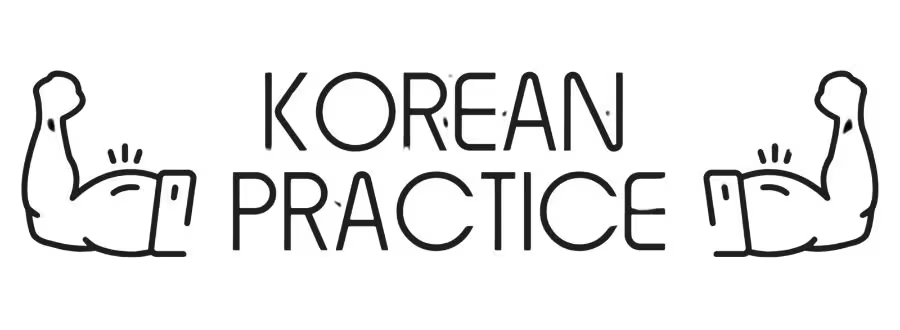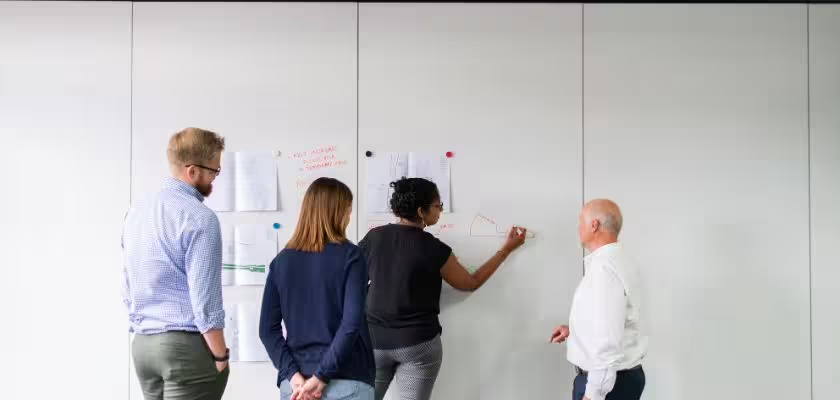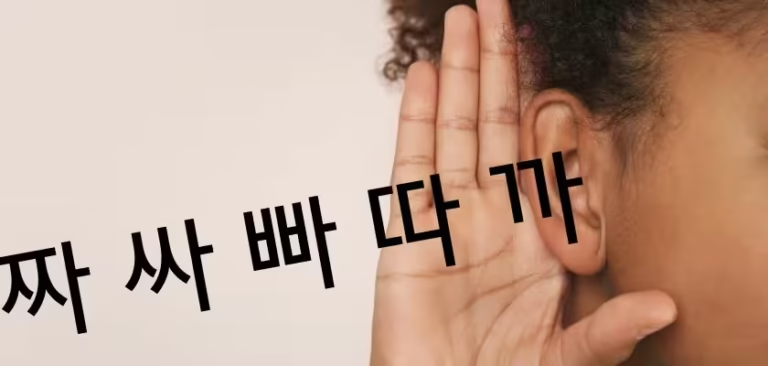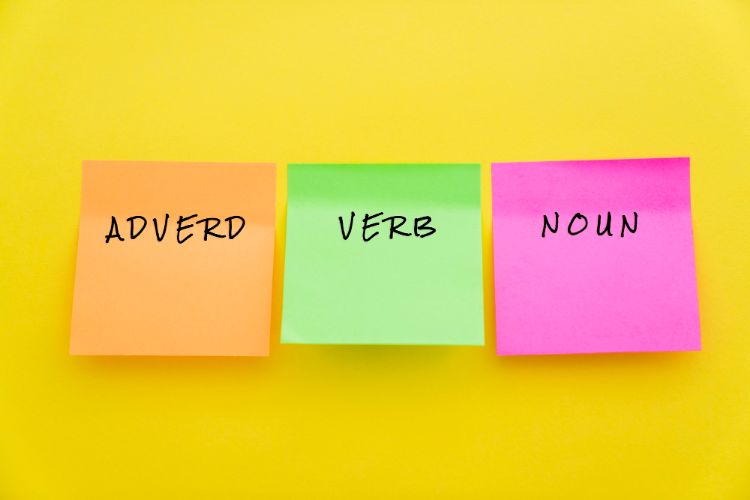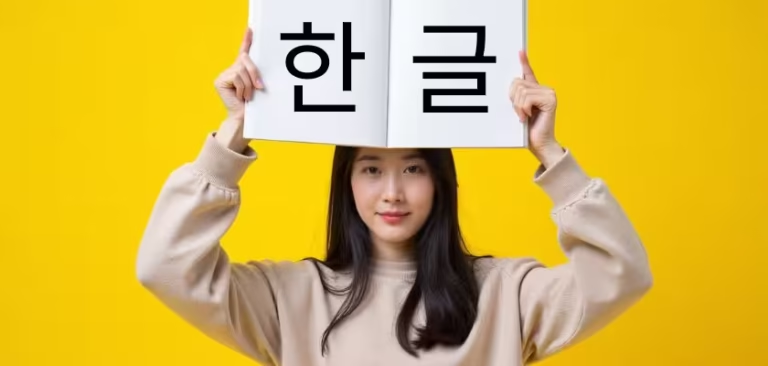Suh ChangWhoon
Written by 서 창훈, a certified Korean teacher with 14+ years of experience in Japan. He previously worked as a government officer, cybersecurity consultant, and English interpreter. Today, he teaches Korean in real classrooms without complex grammar explanations — instead, he trains students’ brains to speak naturally. His unique method is now the foundation of all his Korean courses.
Table of Contents
🔹 Introduction
Korean sentence structure is different from English. In English, we usually follow the SVO structure:
Subject + Verb + Object
I eat apples.
In Korean, the basic structure is SOV:
Subject + Object + Verb
나는 사과를 먹어요.
(I apples eat.)
The verb always comes at the end of the sentence in Korean, and this is one of the most important rules to remember as a beginner.
Korean Word Order: SOV Explained
Let’s look at how each part works.
1. Subject (who does the action)
나 = I
엄마 = Mom
친구 = Friend
2. Object (what the action is done to)
사과 = apple
밥 = rice
책 = book
3. Verb (what the subject does)
먹어요 = eat
읽어요 = read
만들어요 = make
Examples:
| Korean Sentence | Literal Word Order | English Translation |
|---|---|---|
| 나는 밥을 먹어요 | I rice eat | I eat rice |
| 친구가 책을 읽어요 | Friend book reads | My friend reads a book |
| 엄마가 밥을 만들어요 | Mom rice makes | Mom makes rice |
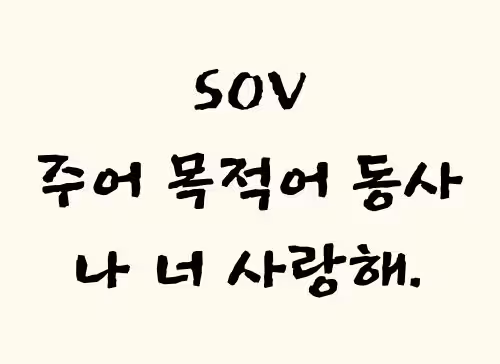
Particles in Korean Sentences
In Korean sentence structure, particles play a crucial role unlike English. Korean sentence structure doesn’t rely on word order alone to show the role of each word—it uses particles. These are small markers attached to nouns that show what role they play in the sentence. Understanding these particles is essential for mastering Korean sentence structure.
Common particles in Korean sentence structure:
- 은 / 는 – topic marker (used for the subject)
- 이 / 가 – subject marker (used when focusing on the subject)
- 을 / 를 – object marker
Example of basic Korean sentence structure:
나는 사과를 먹어요. 나 + 는 (topic) / 사과 + 를 (object) / 먹어요 (verb)
👨🏫 Want to learn Korean step by step — with full sentence breakdowns, context, and natural examples?
Our story-based Korean course teaches you [real language] the way it’s actually used — not just grammar charts or vocabulary lists.
Other Sentence Elements (Optional)
Example
The fundamental rule of Korean sentence structure is that the verb always comes at the end. You can add more details to Korean sentences—such as time, place, or manner—but in Korean sentence structure, the verb still comes at the end.
Typical order in Korean sentence structure: Time + Subject + Object + Place + Manner + Verb
Example:
어제 나는 도서관에서 책을 조용히 읽었어요.
(Yesterday, I quietly read a book at the library.)
Breakdown:
어제 (Yesterday) = time
나 (I) = subject
는 (I’m going to talk about myself) = topic particle
도서관 (at the library) = place
에서 (at) = place particle
- 책 (book) = object
- 을 (my object is a book) = object particle
- 조용히 (quietly) = manner
읽 (to read) = verb
- 었 (past tense)
- 어요 (I’m telling you polite and friendly) = polite ending
Even if you change the order of other parts, the verb must stay at the end.
Korean Sentences Without a Subject or Object
Sometimes, Korean sentences omit the subject or object if they are understood from context.
Example:
먹었어요.
(I ate.)
This sentence still follows the SOV structure (with the subject understood as “I”).
Basic Korean Sentence Patterns
Here are a few common sentence patterns you’ll see in everyday Korean:
Noun + 이에요/예요 (to be)
저는 학생이에요. (I am a student.)
Subject + Object + Verb
저는 커피를 마셔요. (I drink coffee.)
Subject + Adjective
이 영화는 재미있어요. (This movie is fun.)
Subject + Place + 가다/오다
친구가 집에 와요. (A friend is coming home.)
Example: 저는 학생이에요.
Original Korean Sentence
저는 학생이에요.
Pronunciation Guide
저는 (jeo-neun) 학생이에요 (hak-saeng-i-e-yo).
Meaning and Context
저 (I; in a humble way) 는 (my topic is myself) 학생 (student) 이에요 (am; I’m telling you polite and friendly).
English Translation
I am a student.
Literal Translation
I am student.
Example: 저는 커피를 마셔요.
Original Korean Sentence
저는 커피를 마셔요.
Pronunciation Guide
저는 (jeo-neun) 커피를 (keo-pi-reul) 마셔요 (ma-syeo-yo).
Meaning and Context
저 (I; in a humble way) 는 (I’m going to talk about myself) 커피 (coffee) 를 (my object is coffee) 마시 (to drink) 어요 (I’m telling you polite and friendly).
Pronunciation Patterns for Conjugations
⊳ 마시 + 어요 = 마셔요
When rapidly pronounced, ‘시’ and ‘어’ naturally combine to form ‘셔’.
English Translation
I drink coffee.
📚 Like this explanation?
Our course helps you [connect vocabulary, grammar, and real-life usage] through stories, breakdowns, and interactive practice.
Example: 이 영화는 재미있어요.
Original Korean Sentence
이 영화는 재미있어요.
Pronunciation Guide
이 (i) 영화는 (yeong-hwa-neun) 재미잇써요 (jae-mi-it-sseo-yo).
Meaning and Context
이 (this) 영화 (movie) 는 (as for this movie) 재미있 (to be fun) 어요 (is; I’m telling you polite and friendly).
English Translation
This movie is fun.
Example: 친구가 집에 와요.
Original Korean Sentence
친구가 집에 와요.
Pronunciation Guide
친구가 (chin-gu-ga) 지베 (ji-be) 와요 (wa-yo).
Meaning and Context
친구 (friend) 가 (I’m going to talk about my friend) 집 (home) 에 (to) 오 (to come) 아요 (I’m telling you polite and friendly).
Pronunciation Patterns for Conjugations
⊳ 오 + 아요 = 와요
When rapidly pronounced, ‘오’ and ‘아’ naturally combine to form ‘와’.
English Translation
A friend is coming home.
Literal Translation
Friend come to home.
Practice Tip
To get used to Korean sentence structure:
Read Korean sentences out loud
Pay attention to the verb placement
Practice by switching the object or subject, but keep the verb at the end
The Problem: Most Learners Skip Structure
Too many beginners dive into grammar textbooks or memorize endless vocabulary lists. But they don’t know how to form even one natural Korean sentence.
This leads to:
Broken Korean
Slow speaking
Confusion when listening
Even after studying for months, they still can’t speak.
The Solution: Internalize Sentence Structure First
As a Korean teacher, I’ve seen this happen hundreds of times. Students who first understand and internalize Korean sentence structure become confident speakers—fast.
When you build your Korean on top of this solid foundation, you can:
Add new grammar naturally
Use new vocabulary in the right place
Understand conversations without translating
That’s why I recommend learning Korean sentence patterns through real stories, not isolated grammar drills.
My Experience as a Teacher
Honestly, I feel frustrated when I see learners buying grammar books or memorizing vocabulary out of context.
Because I know what works:
👉 Learn Korean sentence structure through repeated exposure in context—especially through stories.
Stories train your brain to think in Korean sentence order, and over time, speaking and understanding become automatic.
I built my courses this way—so you learn naturally, just like a child does.
What to Do Next
If you’ve been learning Korean and still can’t speak clearly, go back to the foundation: sentence structure.
Read stories that follow real Korean sentence structure. Speak those sentences aloud. Rewire your brain to follow the SOV pattern.
🎓 Ready to Learn Korean the Right Way?
I created beginner-friendly story courses that teach Korean sentence structure step by step.
Each story shows real Korean sentence patterns, explained simply—with pronunciation, breakdowns, and practice.
📘 You’ll learn:
How real Korean sentences are built
How to speak using the correct Korean word order
How to add new grammar and vocabulary naturally
Don’t waste time memorizing. Build your Korean the right way—from the structure up.
Conclusion: Mastering Korean sentence structure
No matter how many words you memorize or grammar rules you study, you won’t speak naturally until you understand Korean sentence structure. It’s the foundation of every sentence you read, hear, or say.
Once Korean sentence structure becomes second nature, you’ll be able to add vocabulary and grammar effortlessly—because you’ll know exactly where everything goes.
So if you feel stuck in your learning, go back to the basics. Master Korean sentence structure, and everything else will finally start to make sense.
Sign up for my newsletter and get
📖 Korean short stories
🎧 Listening practice with audio
❓ Vocabulary and grammar quizzes
🎁 Free courses
📝 Blog updates
– all delivered straight to your inbox!

